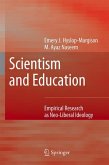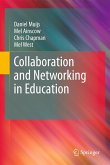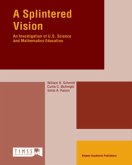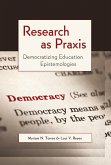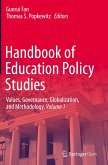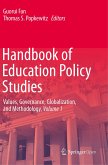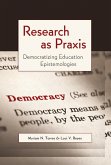Statistical models attempt to describe and quantify relationships between variables. In the models presented in this chapter, there is a response variable (sometimes called dependent variable) and at least one predictor variable (sometimes called independent or explanatory variable). When investigating a possible cause-and-effect type of relationship, the response variable is the putative effect and the predictors are the hypothesized causes. Typically, there is a main predictor variable of interest; other predictors in the model are called covariates. Unknown covariates or other independent variables not controlled in an experiment or analysis can affect the dependent or outcome variable and mislead the conclusions made from the inquiry (Bock, Velleman, & De Veaux, 2009). A p value (p) measures the statistical significance of the observed relationship; given the model, p is the probability that a relationship is seen by mere chance. The smaller the p value, the more confident wecan be that the pattern seen in the data 2 is not random. In the type of models examined here, the R measures the prop- tion of the variation in the response variable that is explained by the predictors 2 specified in the model; if R is close to 1, then almost all the variation in the response variable has been explained. This measure is also known as the multiple correlation coefficient. Statistical studies can be grouped into two types: experimental and observational.
The strength of this book, its inclusion of many perspectives that include political and policy pressures, budget priorities, task force reports, research complexities, curriculum complexities, and teaching-learning complexities, will be appreciated by many who see "No Childe Left Behing" and "high-stakes testing" as overly simplistic and potentially harmfull to education. It contains important information and valuable insight into the complexities of conducting quality sience literacy research in particular and education research in general. Also, the emphasis on producing research that can be understood and used properly by policy makers at local, state, and national levels is a strength of the book. I have been in the science education research field for over 40 years, including a stint as editor of the Journal of Research in Science Teaching, and I can say that I profited from reading this book. Ron Good, Professor Emeritus, Louisiana State University and Florida State University, USA


